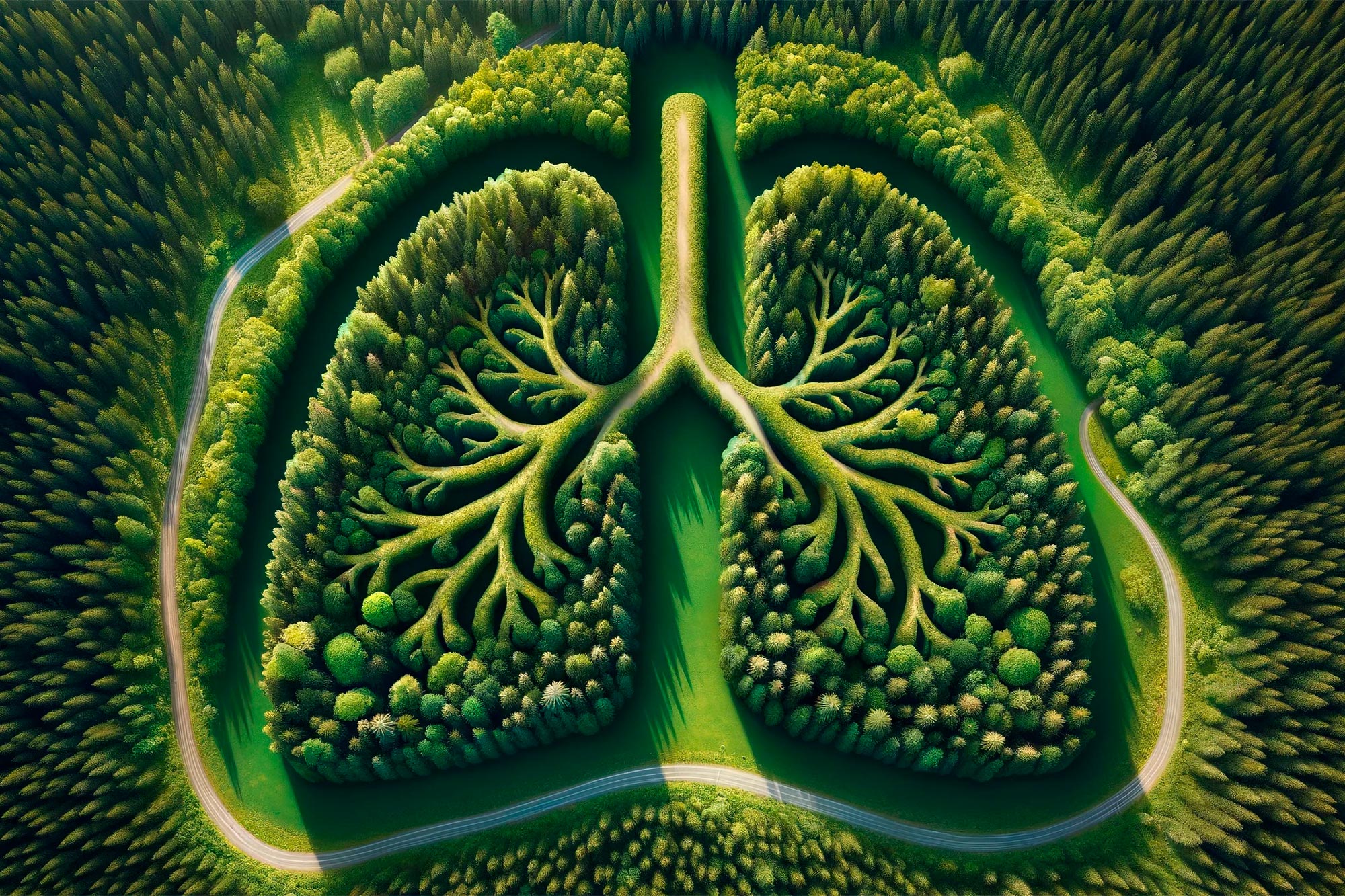
New findings in a recent study indicate that plants are capable of absorbing more atmospheric CO2 than previously believed. This offers hope for climate change mitigation, highlighting the importance of reducing emissions alongside planting trees.
A promising study uncovers the potential for plants to absorb more CO2 than anticipated, providing a glimmer of hope in the fight against climate change. It also stresses the need to continue reducing emissions, emphasizing that planting trees alone is not a comprehensive solution.
Recent research, published in Science Advances, paints an unexpectedly positive outlook for the planet. Realistic ecological modeling suggests that plants worldwide could absorb more atmospheric CO2 from human activities than previously predicted.
Despite the significant findings, environmental scientists caution against interpreting this as a reason to stall efforts in reducing carbon emissions. Simply planting more trees and protecting existing vegetation is not a definitive solution, but the research underscores the multitude of benefits in preserving such vegetation.
Unveiling Plant CO2 Uptake
Dr. Jürgen Knauer, who led the research at the Hawkesbury Institute for the Environment at Western Sydney University, explains, “Plants play a vital role in absorbing a substantial amount of carbon dioxide (CO2) annually, slowing down the detrimental effects of climate change. However, the extent to which they will continue this CO2 uptake in the future has been uncertain.”
“Our findings reveal that an established climate model, when accounting for critical physiological processes governing plant photosynthesis, predicts sustained carbon uptake until the end of the 21st century,” states Dr. Knauer.
“Factors such as the efficient movement of carbon dioxide within leaves, plant adaptation to temperature changes, and nutrient distribution in the canopy significantly influence a plant’s carbon fixation capacity, yet these mechanisms are often overlooked in global models,” Dr. Knauer adds.
Photosynthesis and the Fight Against Climate Change
The process of photosynthesis, where plants convert CO2 into sugars, serves as a natural mitigator of climate change. This increased uptake of CO2 by vegetation is the primary driver behind the reported rise in land carbon sink over the past decades.
However, the positive impact of climate change on vegetation carbon uptake may not be indefinite, posing questions about how vegetation will respond to changes in CO2, temperature, and rainfall significantly diverging from current observations. Heightened climate change, such as intensified droughts and extreme heat, could potentially weaken the terrestrial ecosystems’ capacity to absorb carbon.
Modeling the Future of Vegetation Carbon Uptake
The research study, published most recently, assesses how changes in global climate due to a high-emission scenario would impact vegetation carbon uptake until the end of the 21st century.
The model variations used, ranging from simple to complex in their representation of plant physiological processes, produced clear results. The most comprehensive models, incorporating current plant physiological understanding, consistently projected stronger increases in global vegetation carbon uptake. When combined, these processes reinforced each other, reflecting the potential real-world scenario.
Implications for Climate Change Strategies
In discussing the significance of the findings, Silvia Caldararu, Assistant Professor in Trinity’s School of Natural Sciences, states, “Current biosphere models are likely underestimating the effects of climate change on vegetation and its resilience. We must account for the role of biology in climate modeling.
“These predictions have implications for nature-based climate change solutions such as reforestation and afforestation and their potential impact on long-term climate change mitigation. However, reducing emissions from all sectors remains essential, and planting trees alone cannot fully address the problem,” she emphasizes.
Reference: “Higher global gross primary productivity under future climate with more advanced representations of photosynthesis” by Jürgen Knauer, Matthias Cuntz, Benjamin Smith, Josep G. Canadell, Belinda E. Medlyn, Alison C. Bennett, Silvia Caldararu, and Vanessa Haverd, 17 November 2023, Science Advances.
DOI: 10.1126/sciadv.adh9444


